The dairy products you mention fall into perhaps three categories: creams and soured creams, yogurt, and fresh cheeses.
We assume you’re not asking what cream is, but what a recipe writer means when his recipe simply calls for cream. In general, it means a fairly thick, relatively high-butterfat cream. Double cream is the British designation for super-rich cream - with 48% butterfat. By contrast, whipping cream in the United States has between 30% and 40% butterfat. Light creams, or single cream in Britain, which average around 20% butterfat, are not as stable for cooking, are more prone to curdling in the presence of acids or high heat, and so are not called for as often in recipes.
Crème fraîche and sour cream are both manufactured cream products. Crème fraîche is a slightly tangy, slightly nutty, thickened cream. Before the age of pasteurization crème fraîche made itself as the bacteria present in the cream fermented and thickened it naturally. It is widely available in Europe, but much less so in the US, where almost all cream is pasteurized, and therefore has to be fermented artificially.
Sour cream was also traditionally made by letting fresh cream sour naturally - the acids and bacteria present produced a generally consistent flavor and thick texture that went well with both sweet and savory dishes. These days, commercially produced sour cream is made by inoculating pasteurized light cream with bacteria cultures, letting the bacteria grow until the cream is both soured and thick, and then repasteruizing it to stop the process.
Sour cream cannot be made at home with pasteurized cream; the lack of bacteria in the cream will cause the cream to spoil instead of sour. If you have access to unpasteruized heavy cream, you can add 1 tablespoon of vinegar to 2 cups of cream and let the mixture stand out at room temperature for several hours until curdled.
You can also make a facsimile of crème fraîche by adding a tablespoon of buttermilk (don’t tell us they don’t have buttermilk where you live!) or a half cup of sour cream to a cup of whipping cream, heating it gently to 110°F (45°C), then putting it in a loosely covered bottle in a warm place and letting it sit for anywhere from 8 hours to a couple of days, until thick. Store it in the refrigerator, where it will thicken further, and keep for about three weeks.
In general, crème fraîche and sour cream can be used interchangeably in most recipes, but crème fraîche has two advantages over sour cream: it can be whipped like whipping cream, and it will not curdle if boiled.
Yogurt is a milk product that has been fermented and allowed to coagulate. Of all the foods you mention, it is probably the most universally available, having shown up first in Asia before spreading to most of the rest of the world. In various cultures, yogurt may be made from the milk of cows, sheep, goats, camels, water buffaloes, and yaks. The plain yogurt found in the US and Britain is mostly made from cow’s milk and is fairly bland. A yak’s-milk yogurt used in an American or British recipe would probably be a bit strong. Sour cream can also stand in for yogurt in many recipes, and vice versa.
Fromage frais is a creamy soft cheese made with whole or skimmed milk and cream. It has the consistency of another product available in the US, cream cheese, but with fewer calories and less cholesterol. Where available, low-fat cream cheese is an acceptable substitute for fromage blanc. You may have to do a little exploring in your country to find a mild, soft, white, fresh cheese that you can use for cooking.
Fromage blanc has the consistency of sour cream. It comes in three fat levels — 40%, 20%, and 0%.The two versions with fat can be added to hot liquids to make a sauce that will not curdle. Fromage blanc can be whipped with an immersion blender for increased volume. Chefs at the fancy French spas have elevated the use of fromage blanc to an art form, since it is low in calories and high in creamy flavor.
Oh, and that buttermilk? It used to be the liquid left over when cream was churned to butter. Nowadays, it’s another commercially made product, in which bacteria is introduced to lowfat milk, causing it to thicken and producing a tangy flavor.
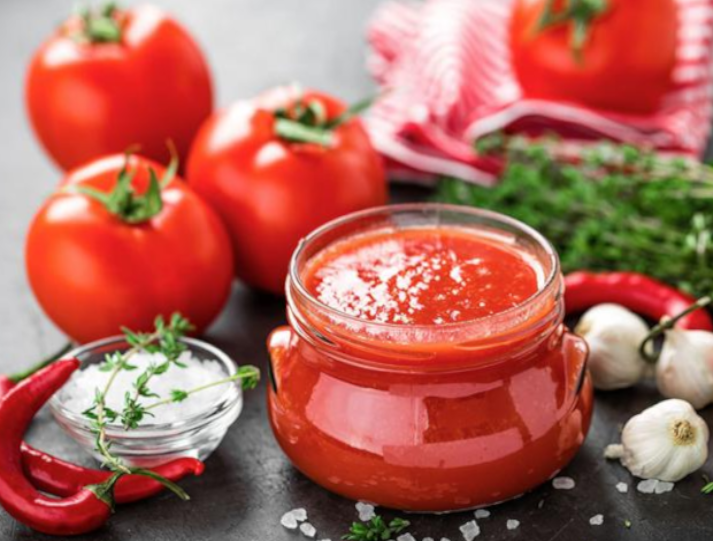
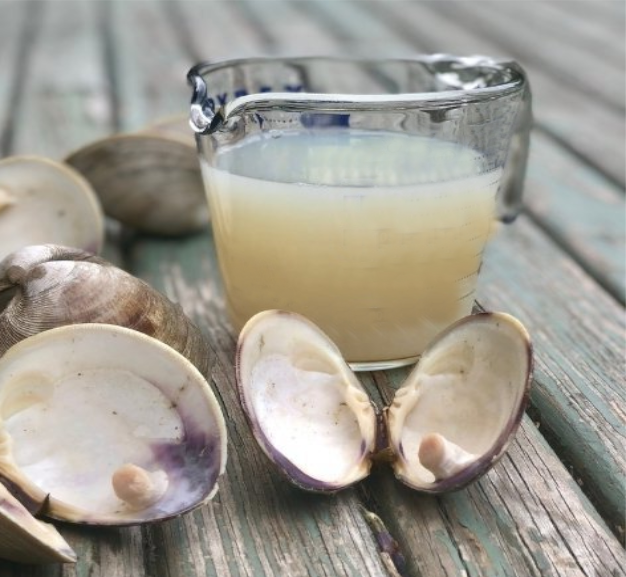
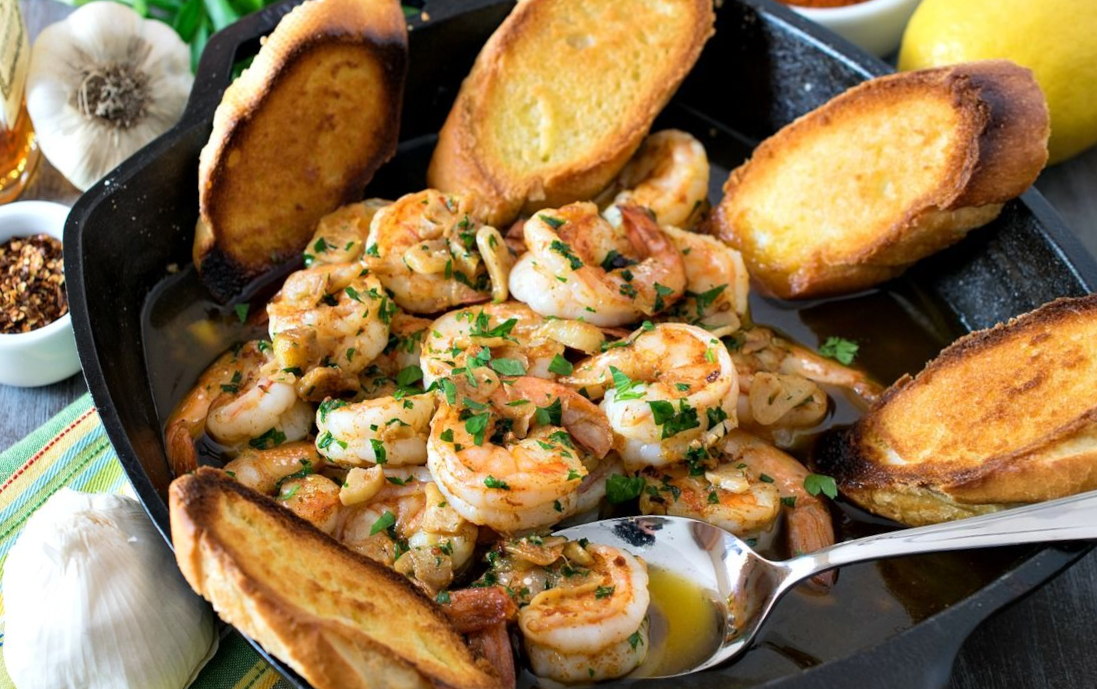

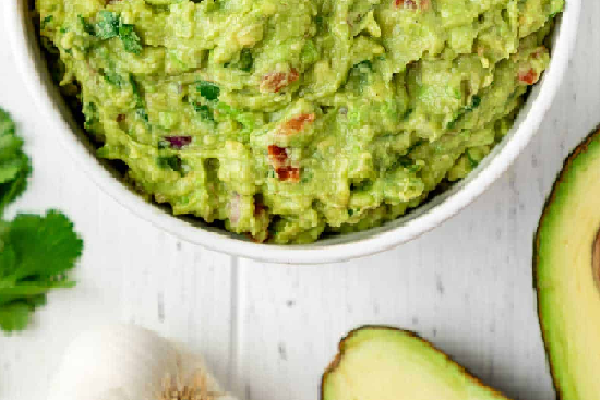

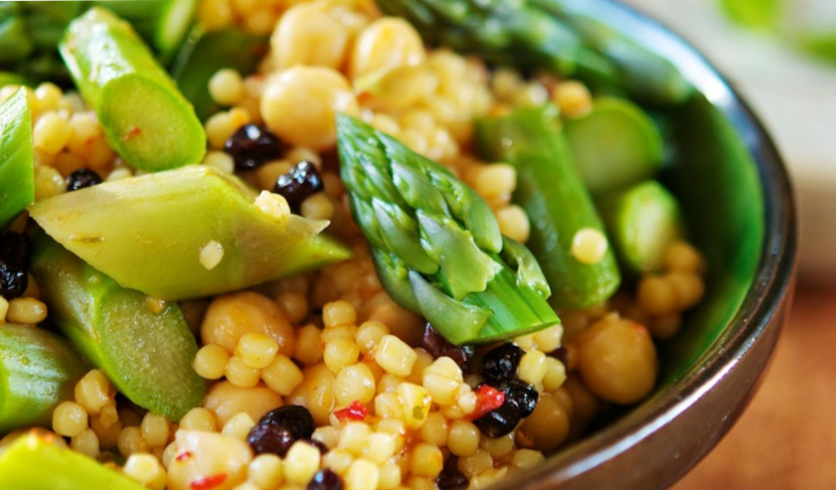
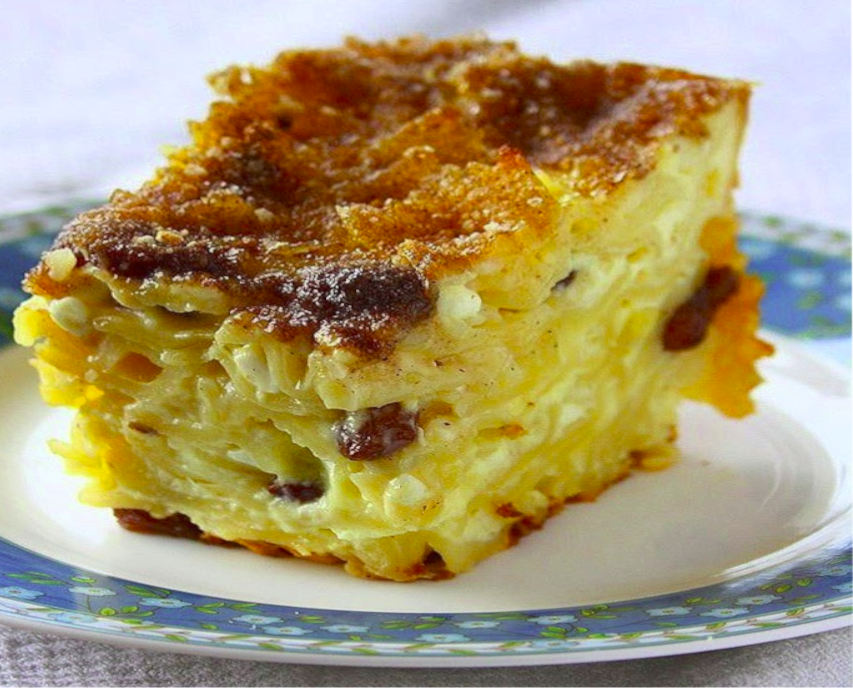

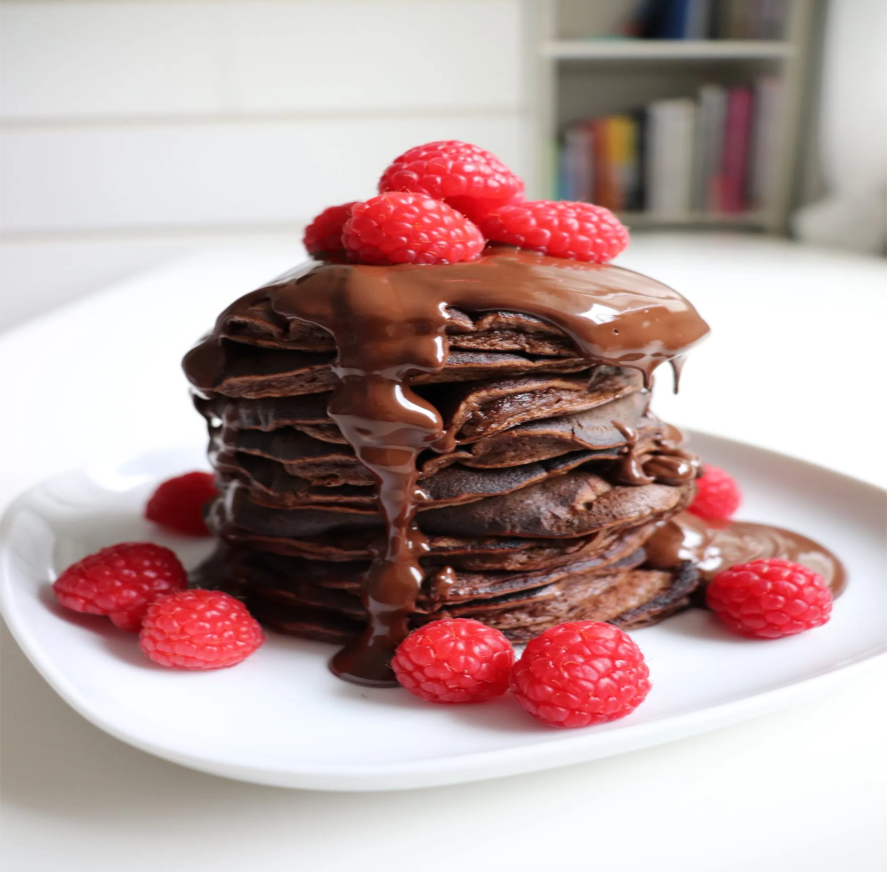
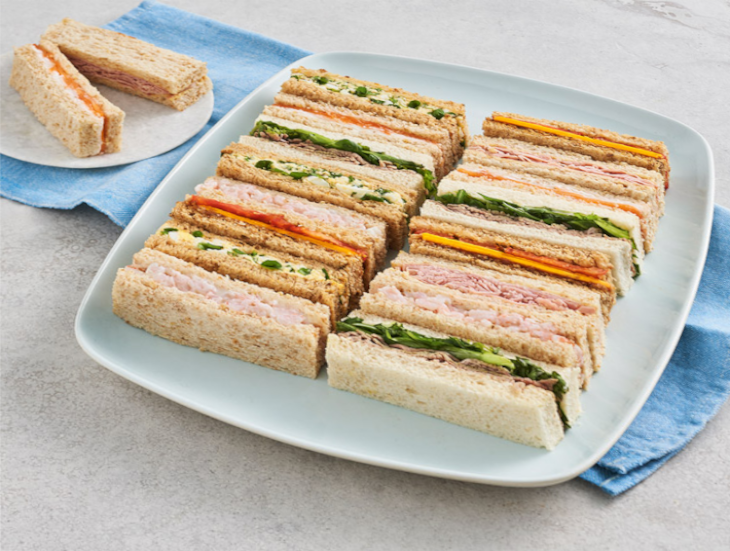



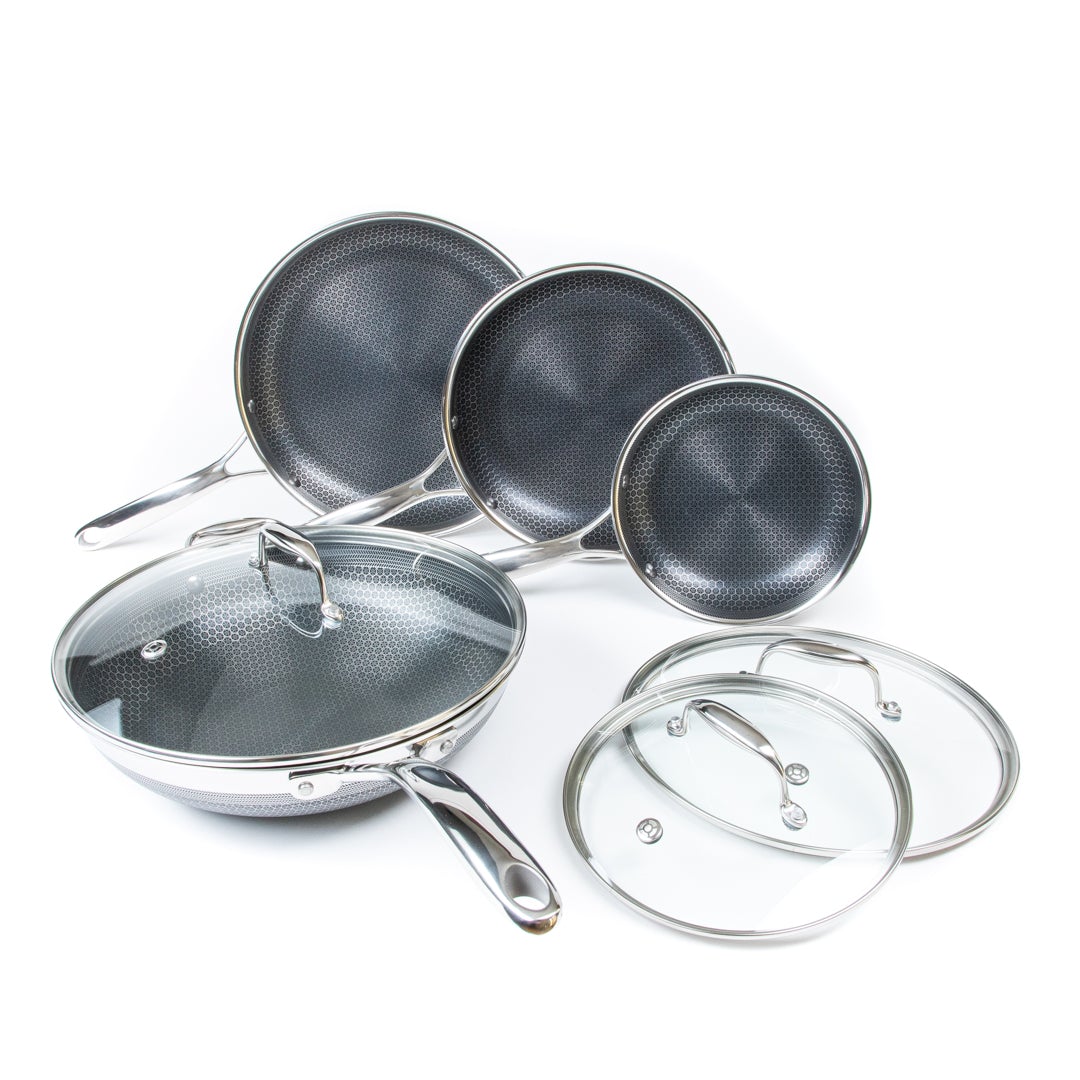
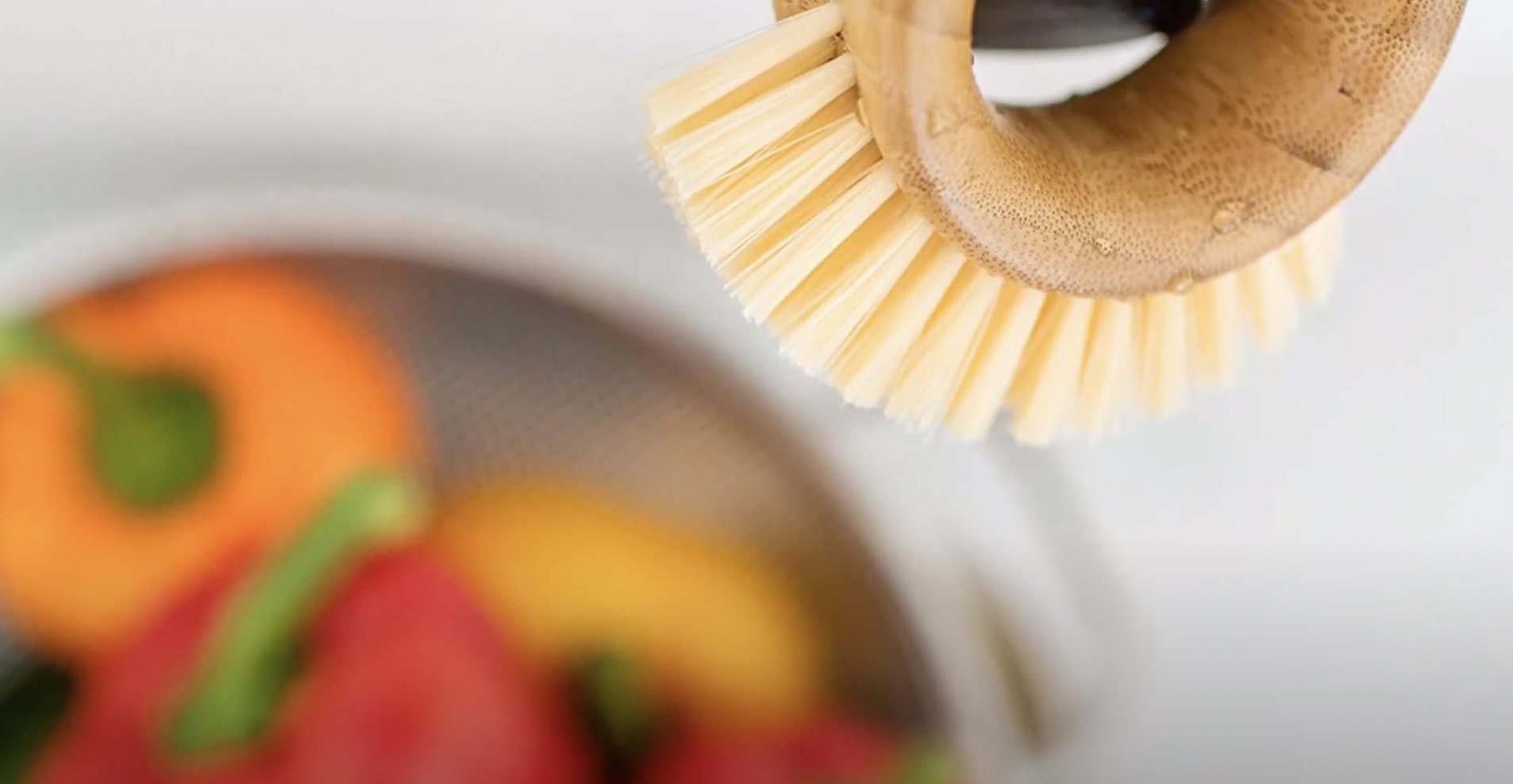
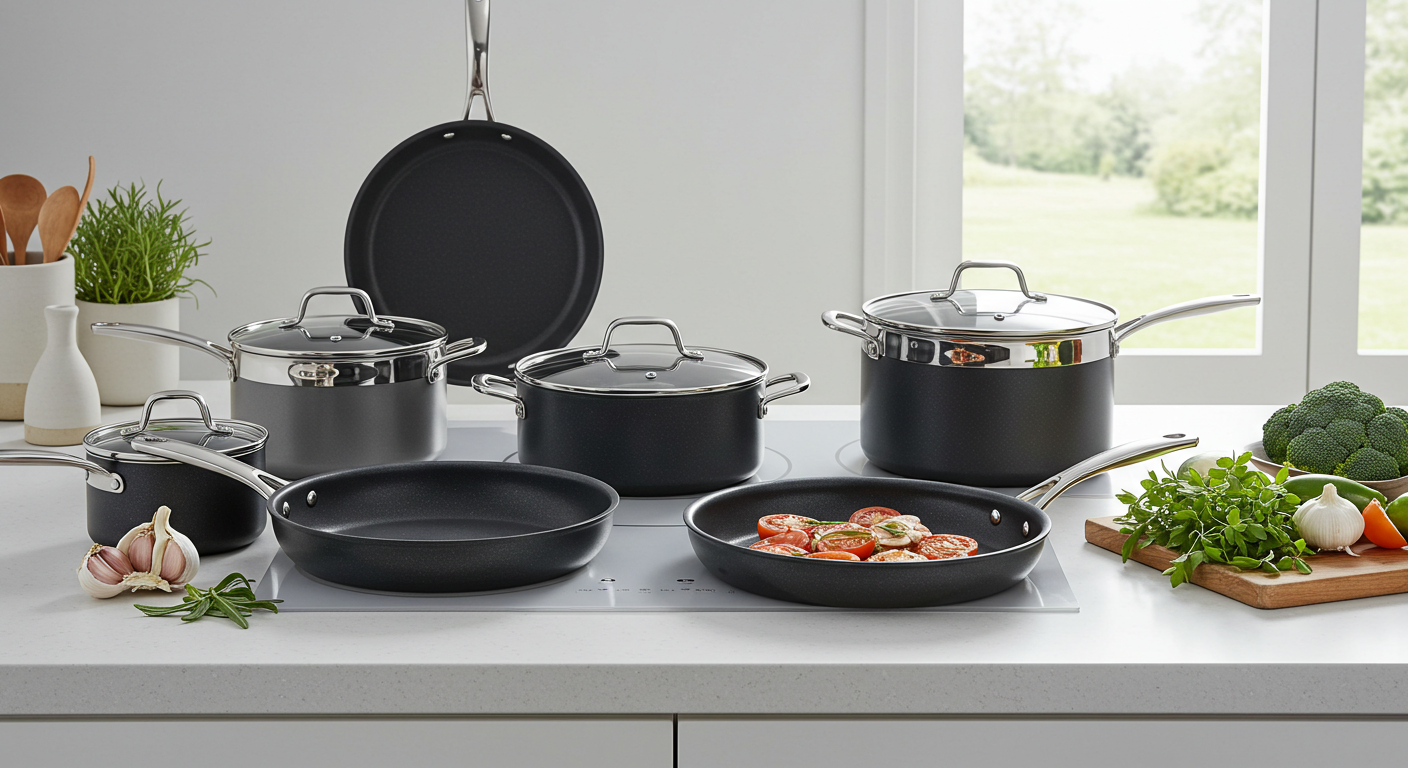

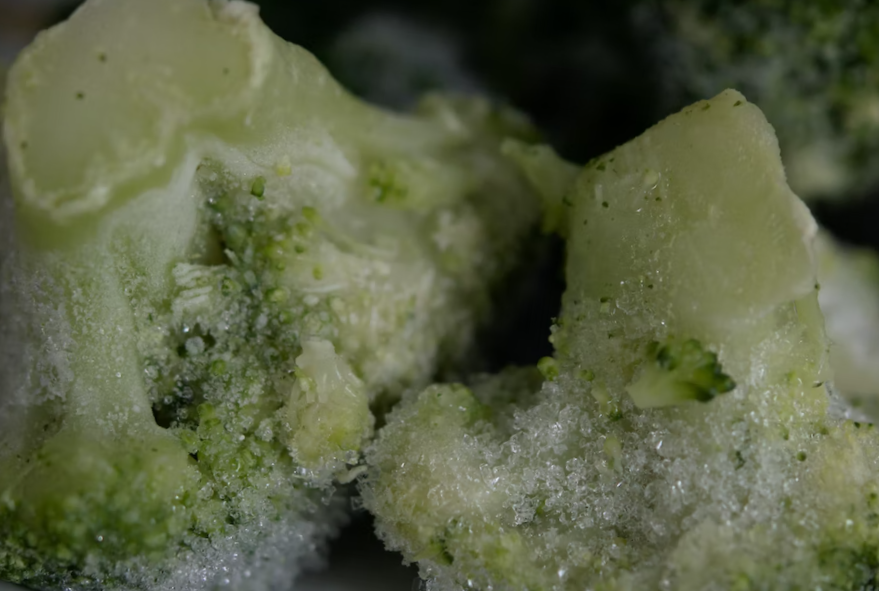
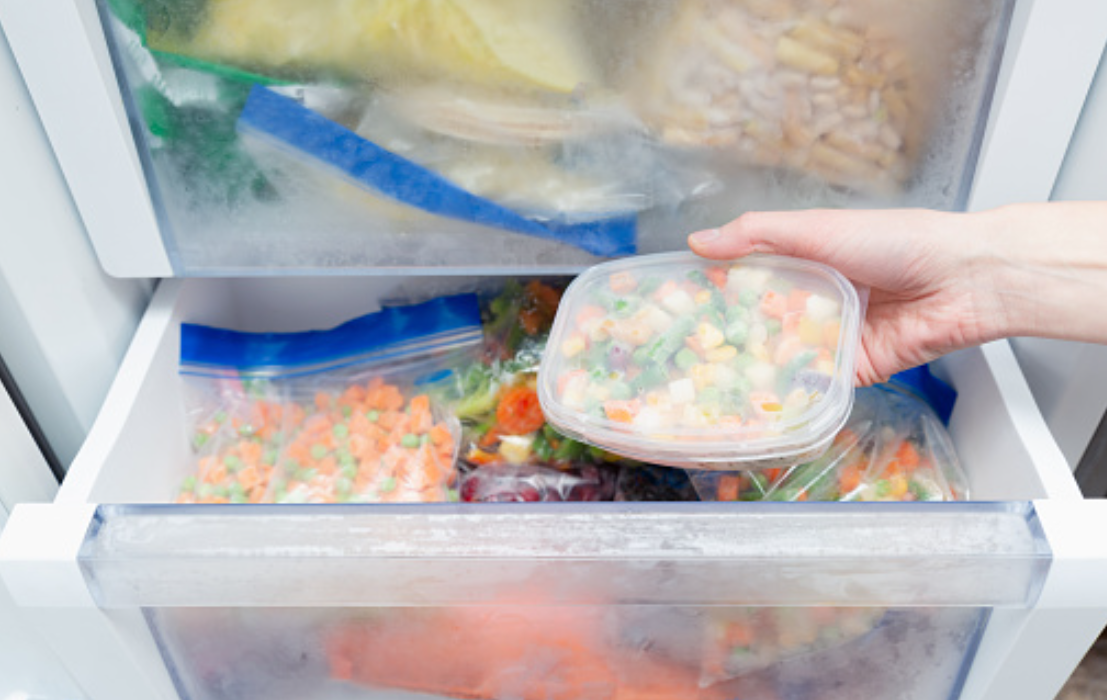


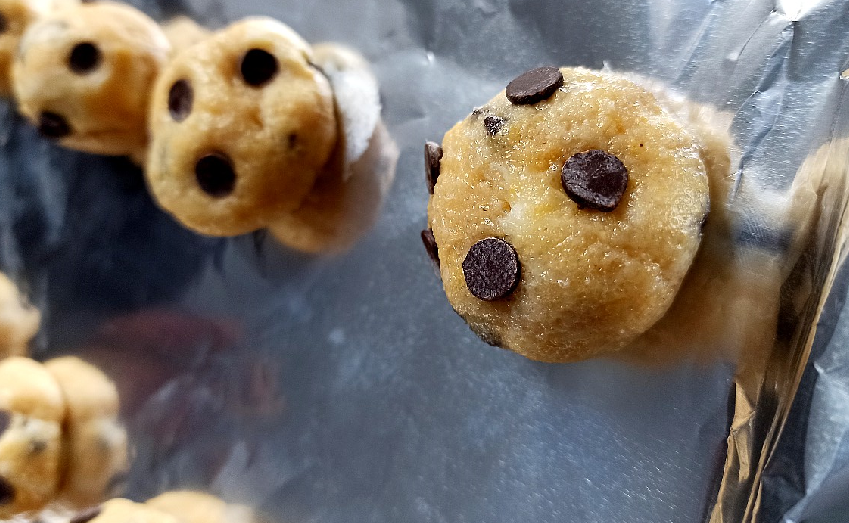
![Can you Cook Eggs in the Microwave? [Complete Guide]](/assets/images/c1f79d1cad59f18f9b5dc31403bd0eb2.png)
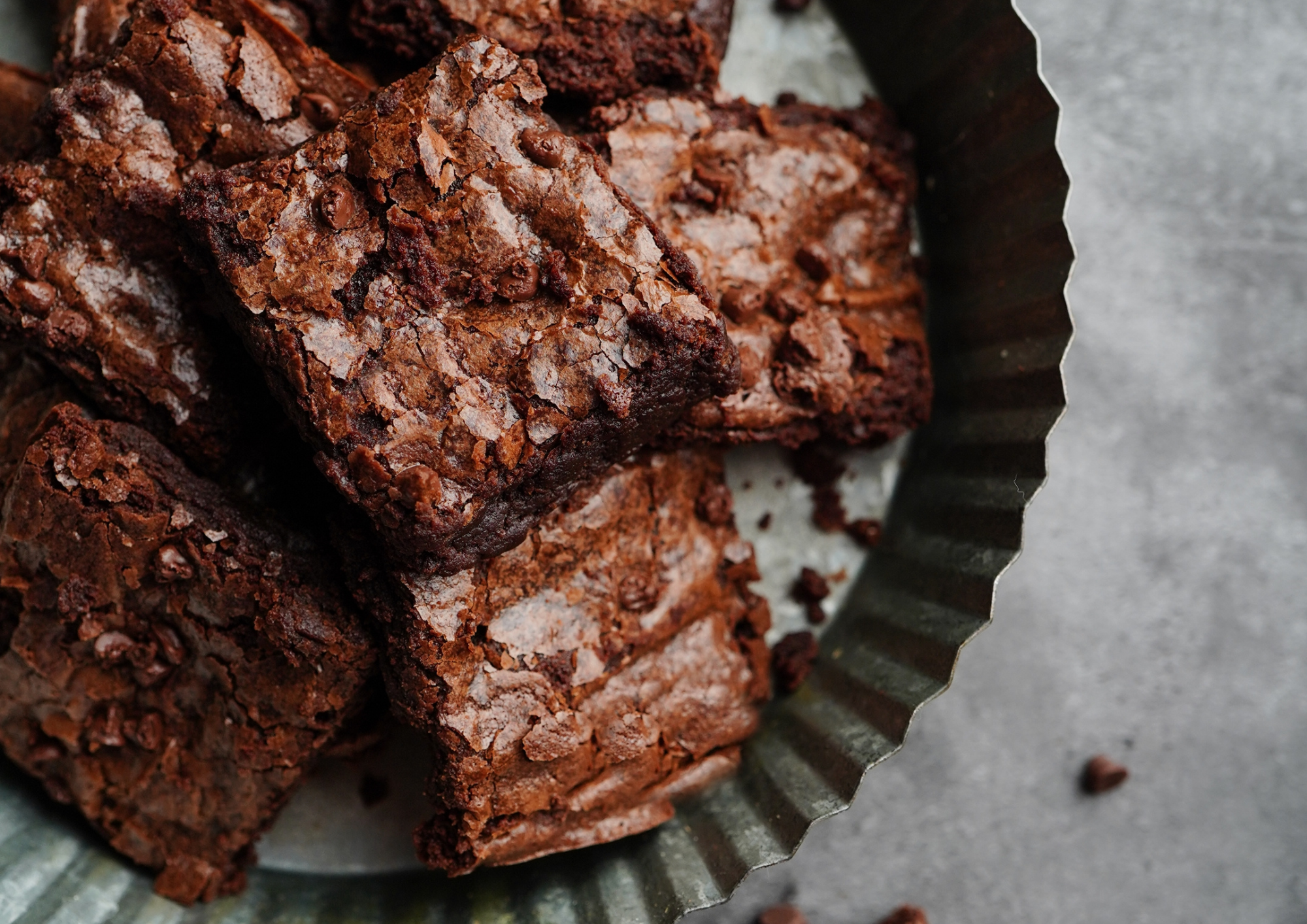
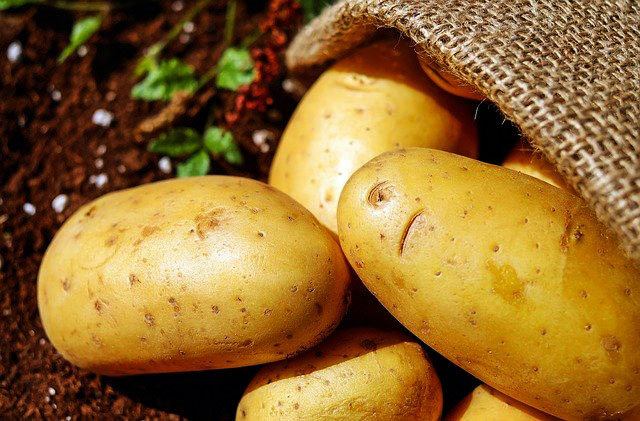


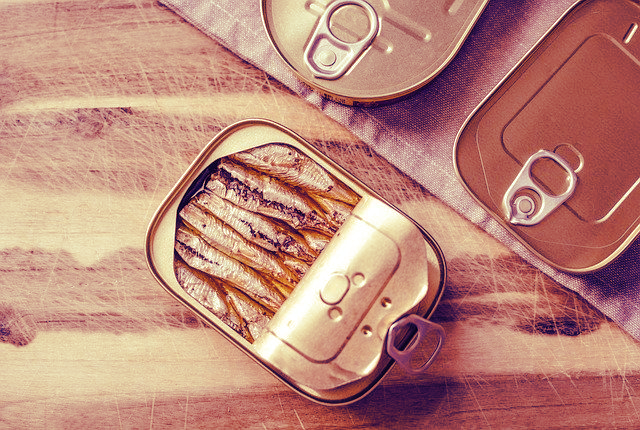
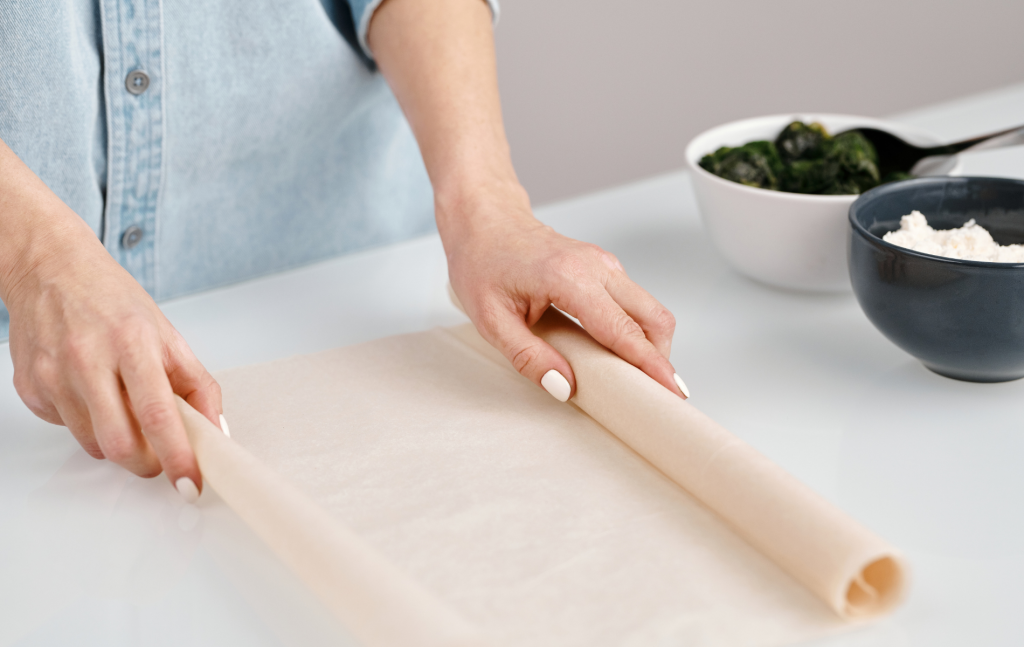
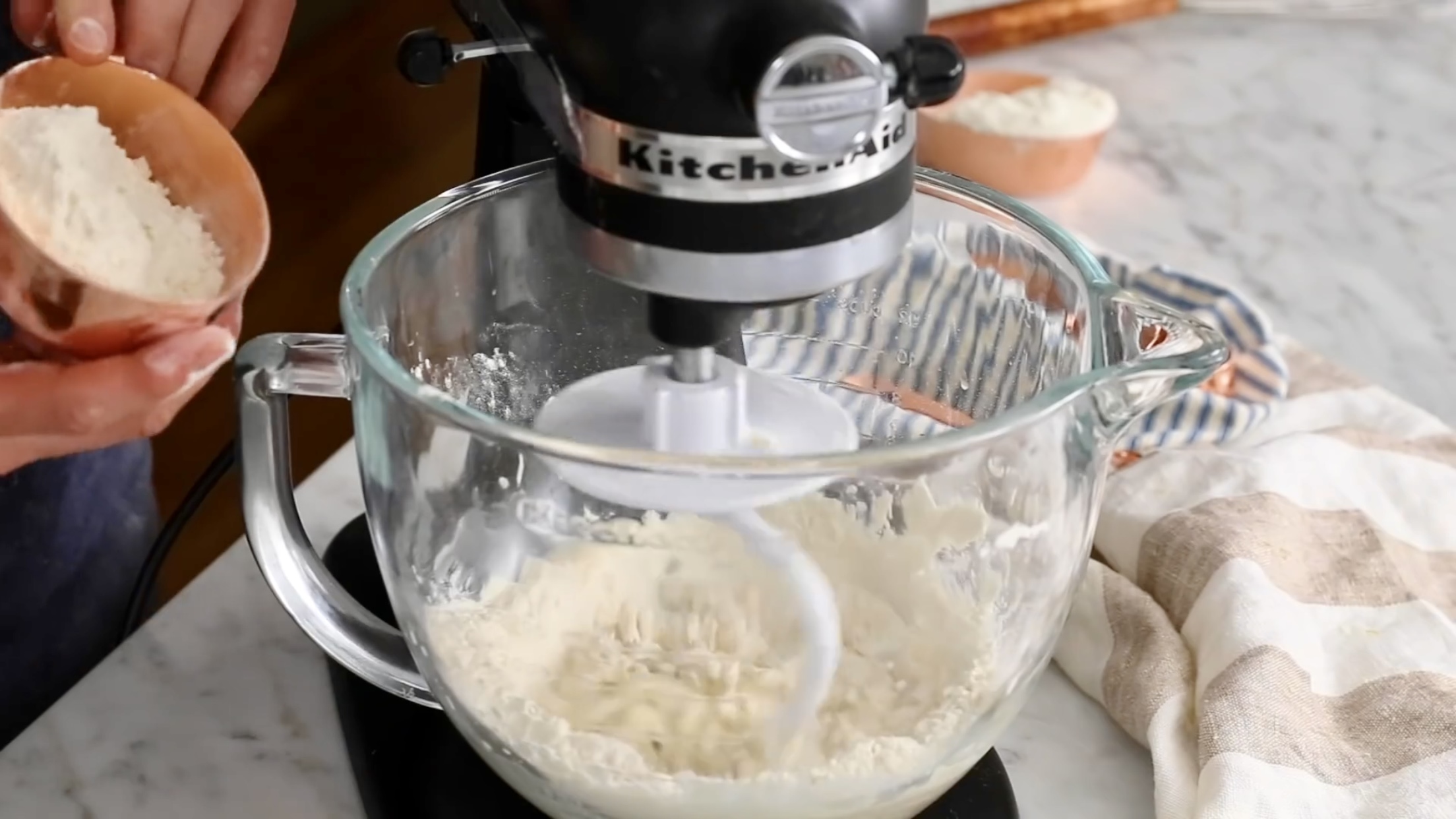
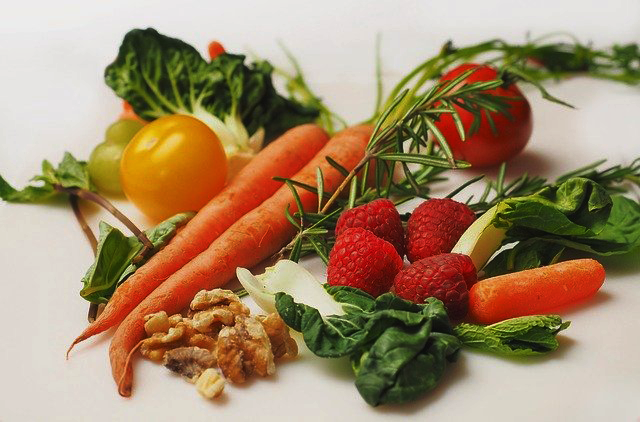
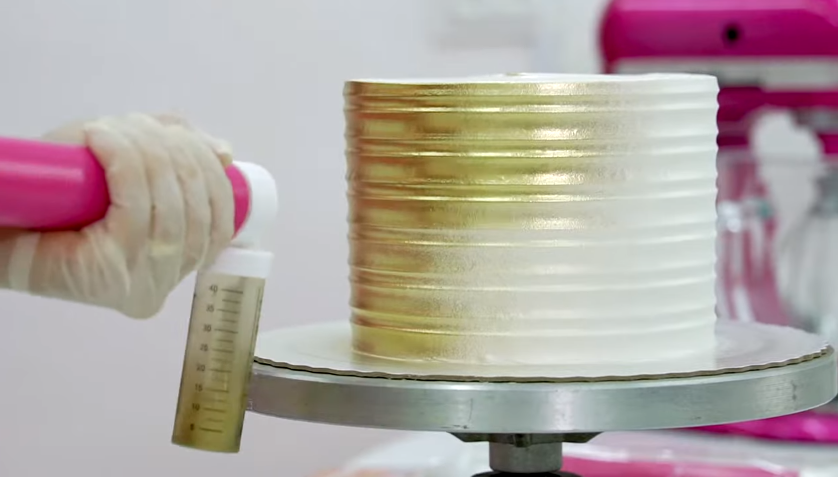









Can't change to page 2